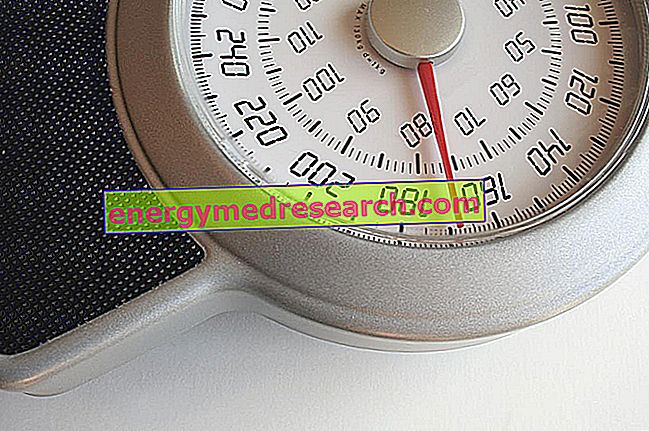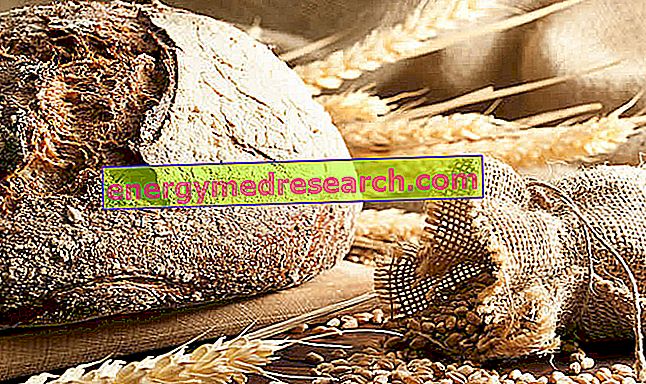
What is Enyglid?
Enyglid is a medicine that contains the active substance repaglinide, available as round tablets (white: 0.5 mg; yellow: 1 mg; pink: 2 mg).
Enyglid is a generic medicine, which means that it is similar to a "reference medicine" already authorized in the European Union (EU) called NovoNorm. For more information on generic medicines, see the questions and answers by clicking here.
What is Enyglid used for?
Enyglid is used in patients with type 2 diabetes (non-insulin-dependent diabetes). The medicine is given in combination with diet and exercise aimed at reducing blood glucose (sugar) levels in patients whose hyperglycaemia (high blood glucose levels) can no longer be controlled through diet, weight loss and physical exercise. Enyglid can also be used in combination with metformin (another antidiabetic) in type 2 diabetics whose blood glucose levels are not satisfactorily controlled on metformin alone.
The medicine can only be obtained with a prescription.
How is Enyglid used?
Enyglid should be taken before meals, usually up to 15 minutes before each main meal. The dose must be adjusted so as to obtain the best possible control. The treating doctor should regularly measure the patient's blood glucose level to find the lowest effective dose. Enyglid can also be indicated for type 2 diabetics who are usually well controlled on a diet, but who go through a temporary phase in which the body cannot regulate the level of glucose in the blood.
The recommended starting dose is 0.5 mg. This dose could be increased after one or two weeks.
If patients switch to Enyglid while they are already using another antidiabetic, the recommended starting dose is 1 mg.
The use of Enyglid is not recommended in patients under the age of 18 because there is no information on the safety and efficacy of the product for this age group.
How does Enyglid work?
Type 2 diabetes is a disease in which the pancreas does not produce enough insulin to control the level of glucose in the blood or where the body is unable to use insulin effectively. Enyglid helps the pancreas to produce more insulin during a meal and is used to control type 2 diabetes.
How has Enyglid been studied?
Because Enyglid is a generic medicine, studies have been limited to tests to show that it is bioequivalent to the reference medicine NovoNorm. Two medicines are bioequivalent when they produce the same levels of active ingredient in the body.
What are the benefits and risks of Enyglid?
Because Enyglid is a generic medicine and is bioequivalent to the reference medicine, its benefits and risks are taken as being the same as the reference medicine's.
Why has Enyglid been approved?
The Committee for Medicinal Products for Human Use (CHMP) concluded that, based on the requirements in the EU, Enyglid has been shown to have comparable quality and to be bioequivalent to NovoNorm. It is the opinion of the CHMP that, as in the case of NovoNorm, the benefits outweigh the identified risks. The Committee therefore recommended that Enyglid be given marketing authorization.
More information on Enyglid:
On October 14, 2009, the European Commission issued a marketing authorization for Enyglid, valid throughout the European Union, to Krka, dd, Novo mesto.
For the full EPAR of Enyglid, click here.
The full EPAR of the reference medicine is also found on the Agency's website.
Last update of this summary: 10-2009.



